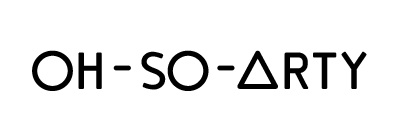Haifa is a multi-cultural city of social involvement with strong community ties that are reflected in the street art community as well. In the early 2000's, groups like "Pyramida" and "Block – Art in the Street", emerged in Haifa and created art in the streets that dealt with the urban features of the city.
Block Group started some very important processes that are present in Haifa until today—those of high quality and very developed urban art projects, involving artists in the community and emphasising bi-nationality. For example, different signs in Haifa's urban landscape are usually written in Arabic as well as Hebrew and English. That is true also regarding texts that make up the vibrant, diversified and complex urban art scene in Haifa, where whole graffiti pieces, tags, street poems and other types of texts in street art pieces can often be found in Arabic.
Broken Fingaz Crew
Haifa can be thought of as the “Florence of Israeli Street Art" in a way. It populates several artistic geniuses, such as the very recognized Broken Fingaz crew, individual artists like Keos, Crash, Tipa Graphic and many others that are living and working in the same place at the same time, making enormous artistic and cultural contributions—much like the Renaissance artists of 16th century Florence in Italy. During the past few years, Haifa also became an important center for original Israeli hip-hop and rap music.
Kartel
An ideal way to get to know Haifa's cultural and artistic DNA, is through an Alternative Tel Aviv graffiti and street art tour in downtown Haifa which focuses on the leading artists, graffiti writers and crews that make up the unique urban art scene in the city. Tours deal with independent and free art in the streets of Haifa and are finished with a visit to the Kartel compound—Israel's no. 1 urban art attraction, a huge abandoned building covered with amazing graffiti and street art by leading Israeli and International street artists.
- by Yael Shapira










